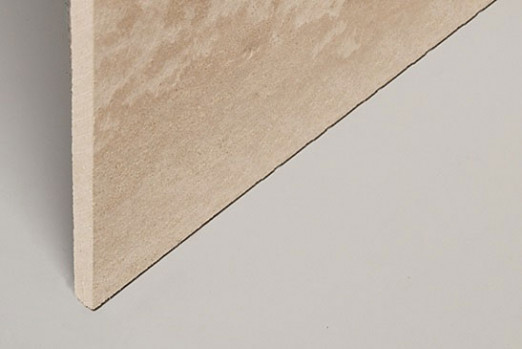The combination of proven products and outstanding technical support available from the UK’s leading supplier of passive fire protection products has been highlighted by a new project in Cambridge. Promat UK provided detailed technical guidance, plus its Promat PROMATECT®-250 lightweight board, to help create 60 minutes of passive fire protection for the structural steelwork of a new office building on the Wellcome Trust’s ‘Genome Campus’ in Hinxton.
The structural steelwork on this building was fabricated to form “cellform” beams penetrated by services. Fire protection to this type of beam would normally be achieved using a sprayed system. However, due to the acoustic performance requirements, this was simply not possible.
“We knew that Promat PROMATECT®-250 board could deliver the 60 minutes fire protection we needed, but were not sure about the acoustic performance,” says Gary Rutherford of Fire Shield, who specified and installed the fire protection. “Promat worked closely with us to create all the necessary drawings, as the various service penetrations meant that a very careful approach was required to the detailing. They also provided a full, independent acoustic performance report. This helped us convince our client that the Promat PROMATECT®-250 solution would perform from both a fire protection and acoustic standpoint, making it a very efficient solution for this project.”
The 20mm thick Promat PROMATECT®-250 was used to encase the cell form steel beams and allow service penetrations to be accommodated without compromising the fire protection in any way. In order to ensure that acoustic insulation levels were consistent trhoughout the building, the Promat PROMATECT®-250 board was used to clad all the steelwork, even in areas where fire protection was not actually required.
Promat PROMATECT®-250 is a non-combustible mineral-bound board with excellent strength, dimensional stability and fire performance characteristics. It is ideal for structural steelwork, and can also be used to provide up to 2 hours fire protection to mezzanine floors.
The main contractor for this project was Willmott Dixon.


